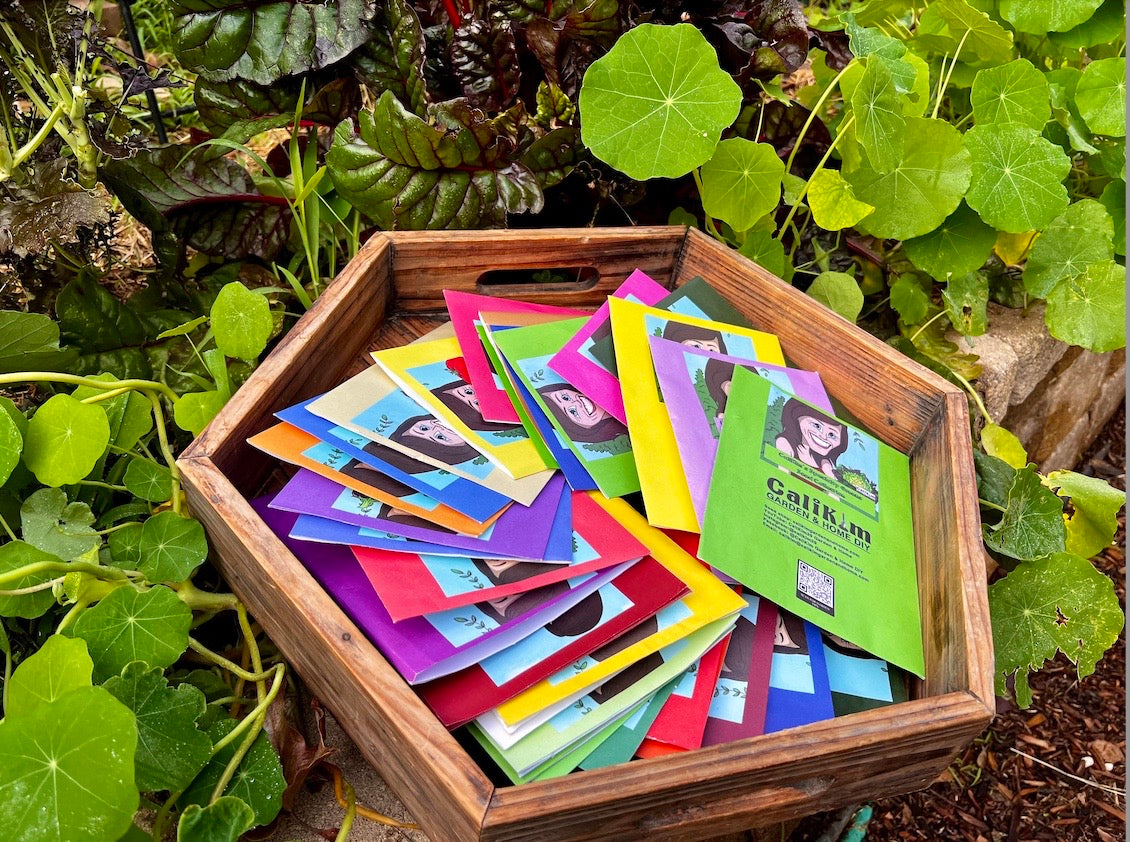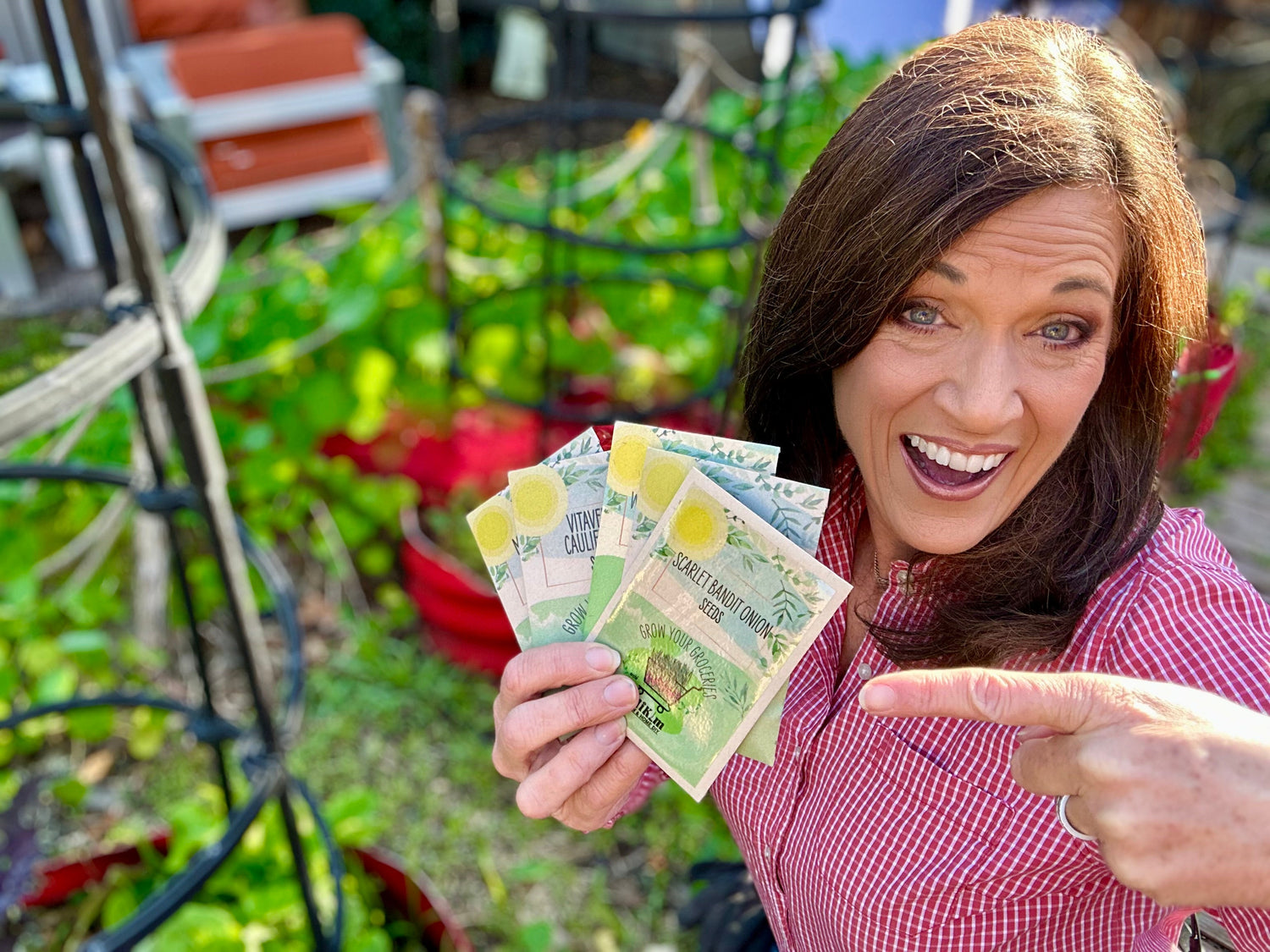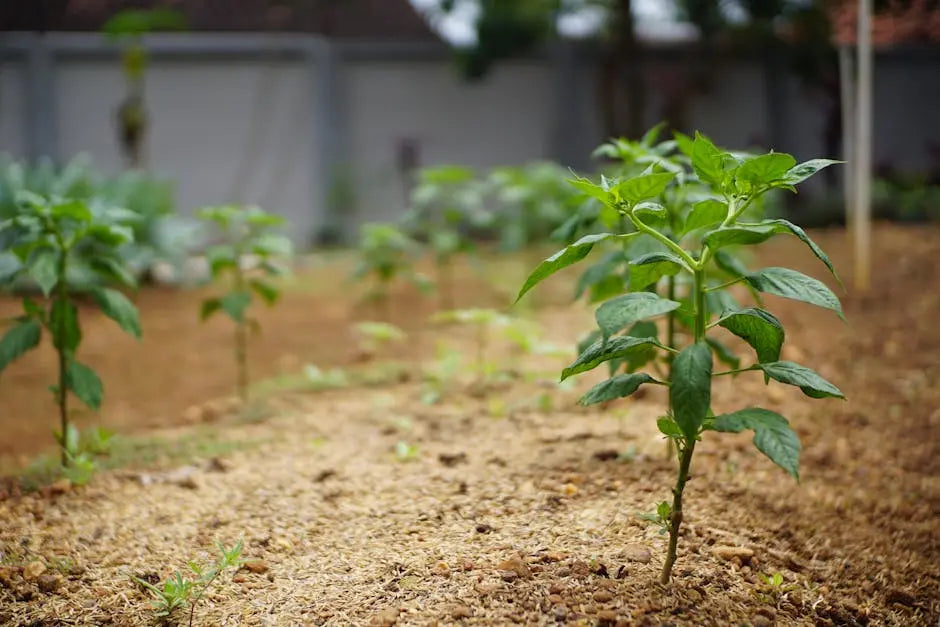Growing your own seed collection is not only rewarding but also environmentally friendly. This blog post will guide you through some sustainable practices to ensure your seed collection flourishes while being kind to the planet. Whether you’re a seasoned gardener or just starting out, these tips are easy to follow and implement.
1. Choose Native Plant Varieties
Selecting native plants for your seed collection can boost local biodiversity and provide habitats for wildlife. Native species are better adapted to the local climate, requiring less water and maintenance.
Not only do they thrive in your environment, but they also attract native pollinators, enhancing the health of your garden ecosystem. By opting for local varieties, you’re also contributing to the preservation of these essential plants, ensuring they continue to flourish for generations to come.
Moreover, native plants often resist common diseases and pests, which means less reliance on chemical interventions. This can simplify your gardening efforts significantly while maintaining a vibrant and healthy environment.
2. Practice Seed Saving
Save seeds from your own plants at the end of the growing season. This not only ensures a continuous cycle of planting but also helps you select seeds that thrive in your specific environment.
Engaging in seed saving fosters a deeper connection to your garden. Over time, you’ll learn which plants perform well and which varieties are best suited for your local conditions, enabling you to cultivate a more successful and personalized seed collection.
3. Utilize Organic Growing Practices
Focusing on organic methods eliminates the use of harmful chemicals, ensuring that your seeds and plants grow in a healthy manner. Consider composting, natural fertilizers, and pest control methods.
Organic practices not only protect the environment but also lead to healthier soil and plants. By nurturing your garden without synthetic inputs, you will build soil fertility over time, resulting in vibrant plant life and a more resilient garden ecosystem.
As you embrace organic growing techniques, you’ll find that your plants often have improved flavor and nutritional value, making every bite you take from your harvest even more rewarding.
4. Create a Seed Swap Community
Engaging with local gardeners to swap seeds promotes diversity in your collection while minimizing the need to purchase new seeds. Plus, it’s a great way to connect with fellow plant enthusiasts!
Seed swapping can introduce you to heirloom varieties and unique local plants that you might not find in stores. This not only enriches your seed collection but also strengthens community ties and shares the joys of gardening.
5. Label and Organize Your Seeds
Keep your seed collection tidy by labeling each packet with the plant name and date collected. This will help you stay organized and remember the best planting times for each variety.
Consider using a variety of colors or designs that reflect the type of plants inside, making it visually appealing and easier to locate what you need. An organized seed collection not only saves time during planting but also inspires you to experiment with new varieties!
6. Repurpose Household Items for Storage
Instead of buying new storage containers, use repurposed jars and boxes to store your seeds. This is an eco-friendly solution that saves money while reducing waste.
Let your creativity flow by decorating these containers; it’s a fun activity that can involve the whole family. Not only does it make seed storage practical, but it also adds a personal touch to your gardening space.
7. Integrate Companion Planting
Companion planting not only optimizes space but also naturally repels pests and improves plant health. Research which plants grow well together, and include these combinations in your seed collection.
For instance, pairing tomatoes with basil can enhance each other’s growth while minimizing pests, creating a thriving garden space. By including companion plants in your collection, you’ll foster a synergistic environment where plants can thrive together.
8. Monitor Soil Health
Healthy soil leads to thriving plants. Conduct regular checks on your soil’s pH and nutrient levels, and amend as necessary with organic materials to promote robust seed growth.
Consider incorporating cover crops during the off-season to enhance soil structure and nutrient content. This can pave the way for healthier plants and a more productive seed collection year after year.
9. Water Wisely
Implementing efficient watering techniques like drip irrigation or using rainwater can significantly reduce water waste. Ensure your seeds get the moisture they need without overdoing it.
Efficient watering is essential, especially in times of drought, where every drop counts. By adopting sustainable watering practices, you’re not just saving water—you’re also nurturing your plants more effectively.
10. Maintain Biodiversity
Cultivate a variety of plants to promote biodiversity. This helps to create a balanced ecosystem in your garden, making it less susceptible to diseases and pests.
Biodiversity can also enhance pollinator populations, ensuring that your plants are well-pollinated. Aim to include various species, as this diversity will create a more resilient garden that can adapt to changing conditions.
11. Observe and Adapt Practices
Spend time observing your garden and noting what works well and what doesn’t. Be open to adapting your methods based on these observations to improve your seed collection practices.
Every season will teach you something new, whether it’s about a specific plant variety or your local climate. Keeping a gardening journal can help track these lessons, fostering a habit of continuous improvement.
12. Participate in Citizen Science Projects
Engaging in citizen science allows you to contribute valuable data while learning more about plant varieties and ecosystems. This not only expands your knowledge but helps the broader community.
By collaborating with others on research projects, you can share insights and discoveries about your seed collections. This collective effort leads to a greater understanding of sustainable practices among gardeners everywhere.
13. Incorporate Permaculture Principles
Embracing permaculture design can improve water efficiency and promote biodiversity in your seed gardens. Understanding how various elements work together can lead to a more self-sustaining system.
By designing your garden with nature in mind, you can create a landscape that flourishes with minimal intervention. This holistic approach not only benefits your seed collection but can also lead to a more enjoyable gardening experience.
14. Educate Yourself Continuously
Gardening is a continual learning process. Stay updated through books, workshops, or online courses to enhance your skills and knowledge on sustainable practices for your seed collections.
The more you learn, the more successful you will be in your gardening journey. Don’t hesitate to engage with other gardeners or join community groups—they can serve as a wealth of knowledge and support!
15. Share Your Knowledge
Don’t hold back on sharing your seed-saving tips. Educating others not only contributes to a sustainable community but also reinforces your own learning and passion for growing.
Organizing workshops or informational sessions in your community can not only benefit others but will help plant seeds of sustainability in hearts and minds beyond your garden.






